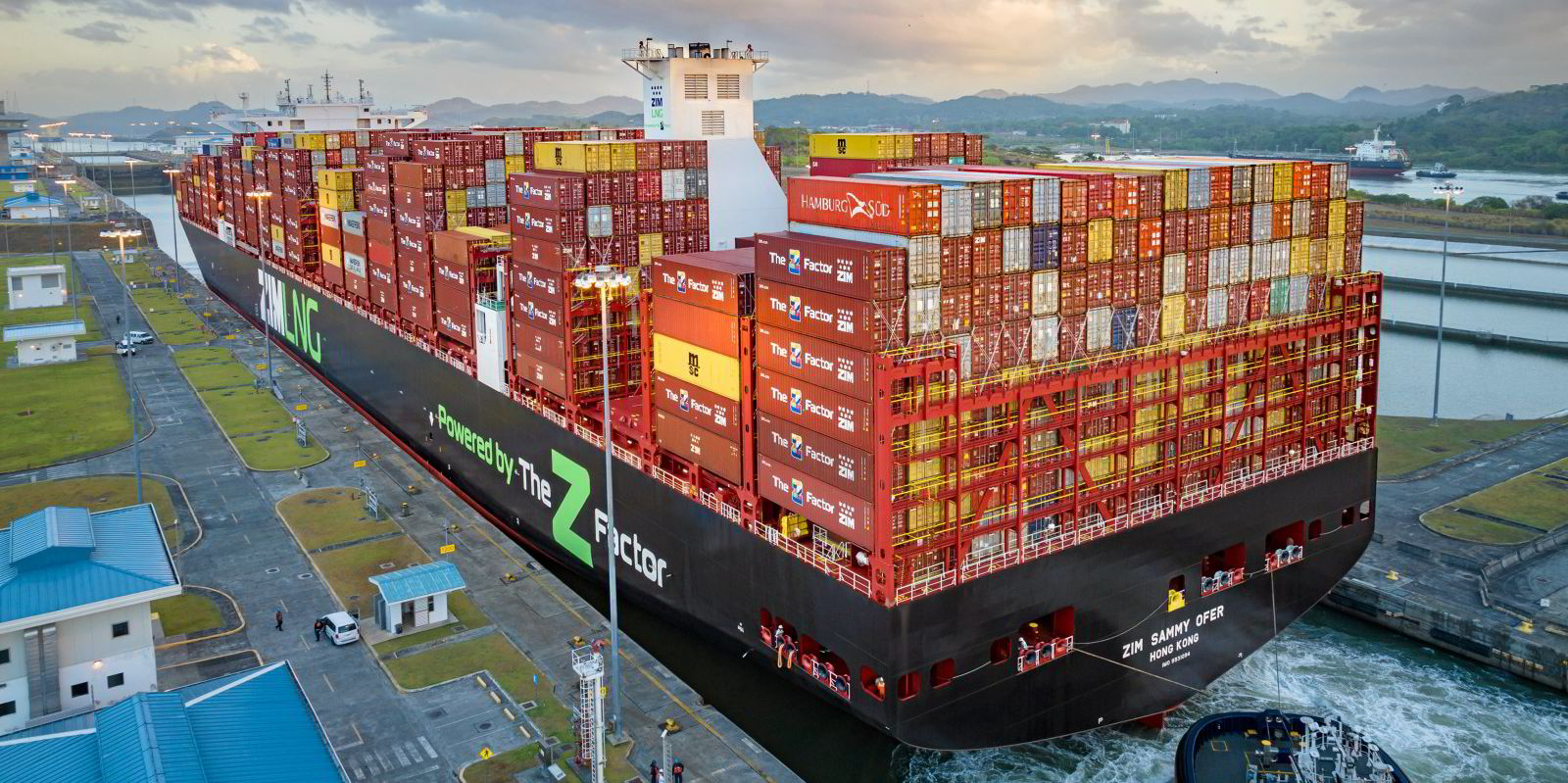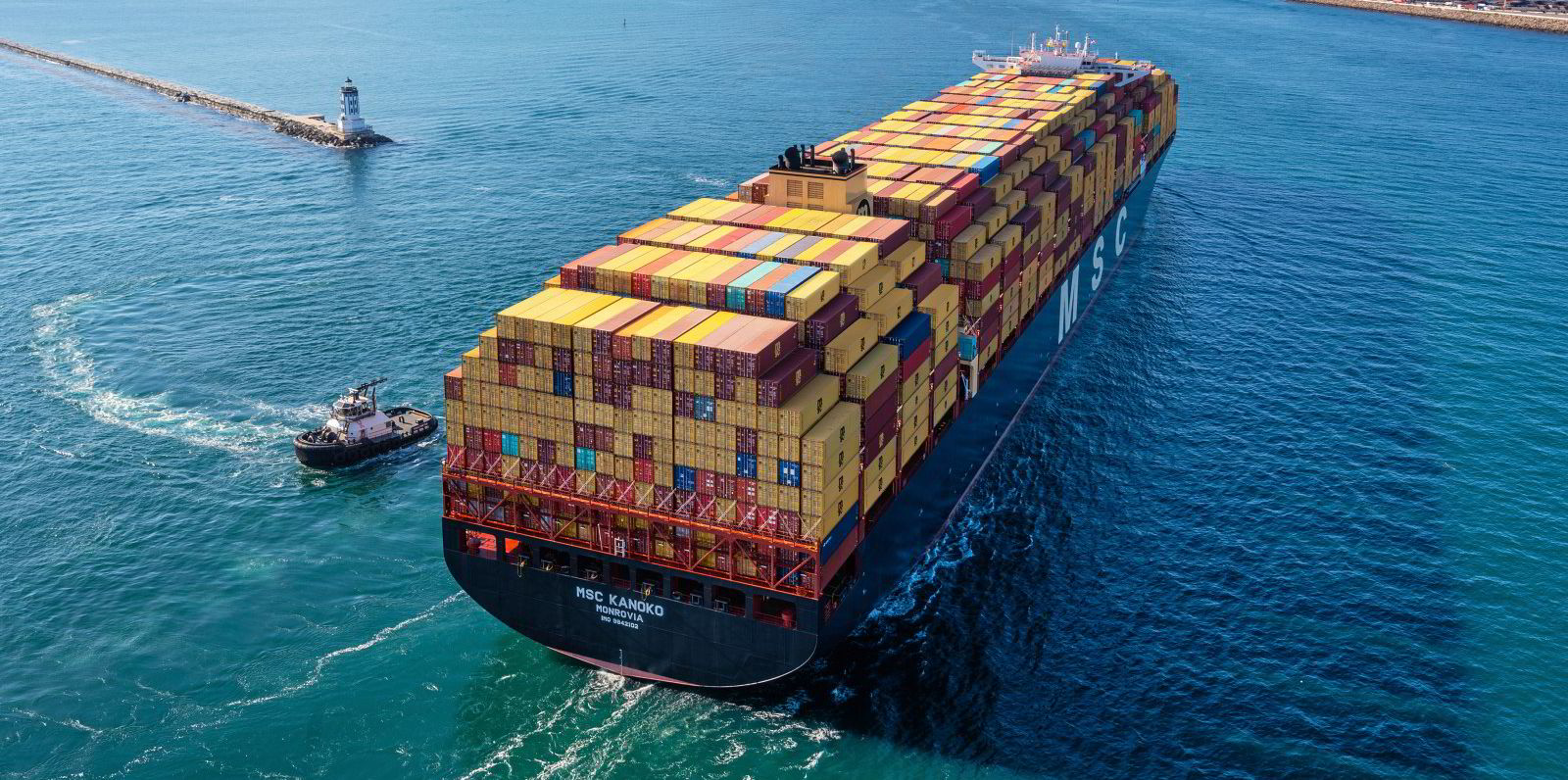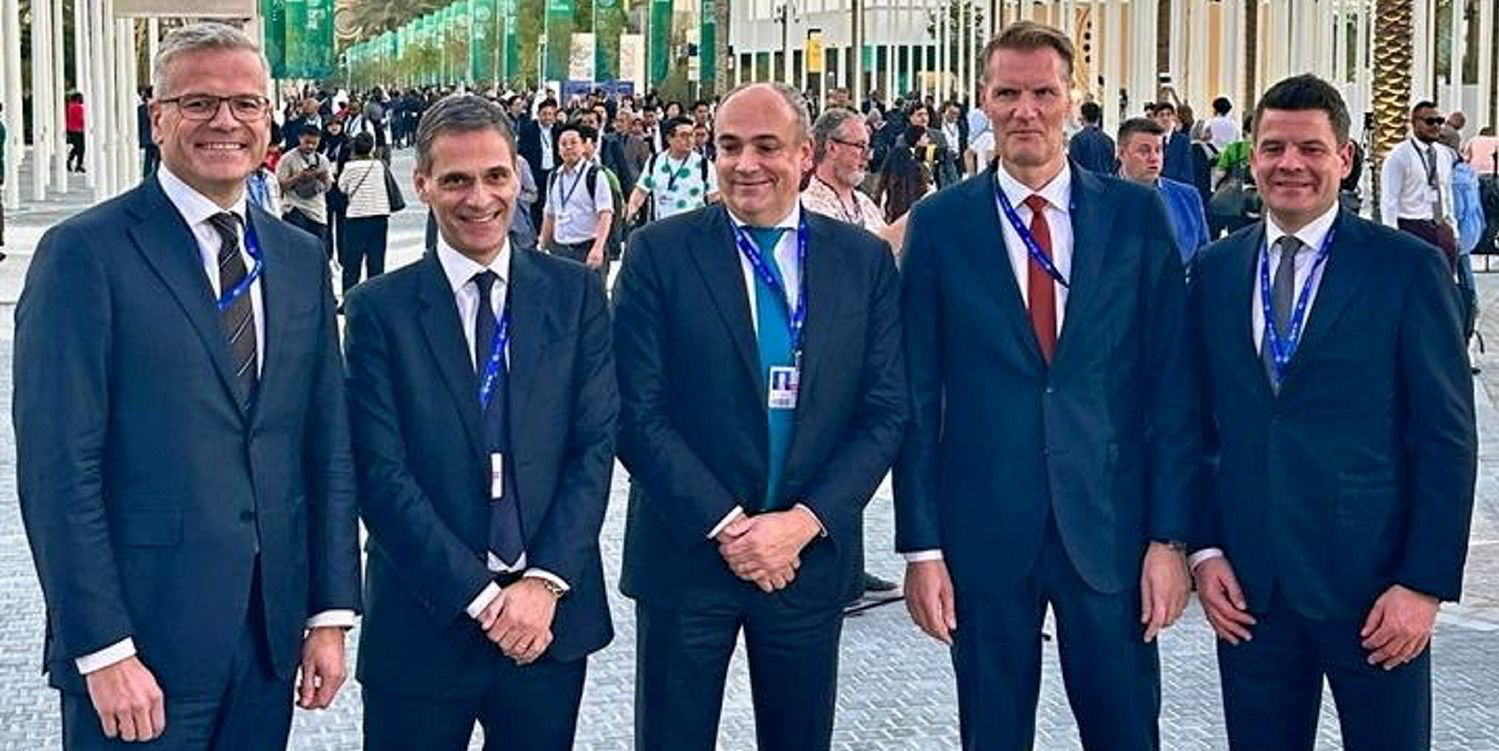Container shipping lines are looking to double freight rates on the world’s biggest boxship trade.
But analysts believe the degree to which any increases stick depends on the ability of carriers to reduce capacity to current demand levels.
Ocean carriers are hoping to hike rates on the Asia to North Europe trade by more than 100% over current spot rates.
MSC Mediterranean Shipping Company, Hapag-Lloyd and CMA CGM are among the carriers set to implement a general rate increase of $3,000 per 40-foot equivalent unit on 1 January.
That is twice the level of current spot rates of about $1,500 per feu and reflects carriers’ hopes of pushing up rates ahead of long-term contract negotiations.
Their efforts to hike rates have failed woefully so far this year and a renewed push earlier this month has had only a limited effect.
But the new market dynamics could help lift freight and charter markets in the coming weeks.
Foremost among those are the ongoing efforts of lines to avoid the blocked shipping artery of the Panama Canal and to divert vessels away from the Suez Canal.
Canal effect
Attacks on vessels by the Houthi regime have already seen at least 18 container vessels divert from the Red Sea route and opt for the longer Cape of Good Hope, according to Alphaliner.
That increases tonne-mile demand on trades from Asia to Europe as well as some Suez Canal-routed services from Asia to the US East Coast.
At a speed of 18 knots, Alphaliner says diverting a Shanghai-Barcelona voyage from the Suez Canal to
the Cape of Good Hope will increase steaming time from 21 to 32 days.
For Shanghai-Rotterdam, travel time goes from 25 to 33 days.

Such moves suck up surplus tonnage, although analyst Linerlytica says the impact is currently limited to less than 2% of the overall fleet.
However, there are signs that draught restrictions and surcharges on the Panama Canal are affecting freight rates.
Xeneta’s spot index from Shanghai to Houston in the US jumped $100 per feu in the 10 days that followed the Panama Canal Authority’s announcement of transit restrictions on 30 October.
That has caused some lines to avoid the Panama Canal altogether.
Members of THE Alliance — Hapag-Lloyd, Ocean Network Express and Yang Ming — have opted to reroute three Asia-US East Coast services that would normally have transited the Panama waterway, which will now take the longer route via the Suez Canal.
New Year cheer?
Meanwhile, demand for container shipments is increasing ahead of Chinese New Year, which is held in mid-February.
Shippers have been rushing to secure space for the remaining export slots from China before the end of the year, according to digital freight forwarder Zencargo.
“Carriers may also consider introducing a peak season surcharge in January to balance demand and supply, with tight bookings before Chinese New Year,” it said.
“This may see ‘premium’ surcharges on the Asia-Europe route, last seen during the supply/demand crunch of 2021 and early 2022.”
Charter market
The impact could soon be felt on the charter market, particularly if operators have to deploy extra vessels as they start to reroute various strings, brokers say.
However, the charter market remains poor for smaller container ships, with most of the vessels diverted being larger.
Most recent fixtures worthy of note have been for bigger ships such as the 6,840-teu GSL Christen (built 2002).
The vessel is reported fixed to Hong Kong-based carrier Orient Overseas Container Line for seven-to-10 months at a rate of about $20,500 per day.
So far, the majority of container ships continue to take the Red Sea route.
However, the prospect of the Houthi regime targeting ships with non-Israeli links could see more vessels avoid Suez and place further upward pressure on rates.
In a year when container lines have had little to cheer about, the diversions might provide some short-term support to freight rates.
However, longer term, analysts say next year still looks bleak for liner operators, due to a tidal wave of large container ship newbuildings poised to be delivered.






